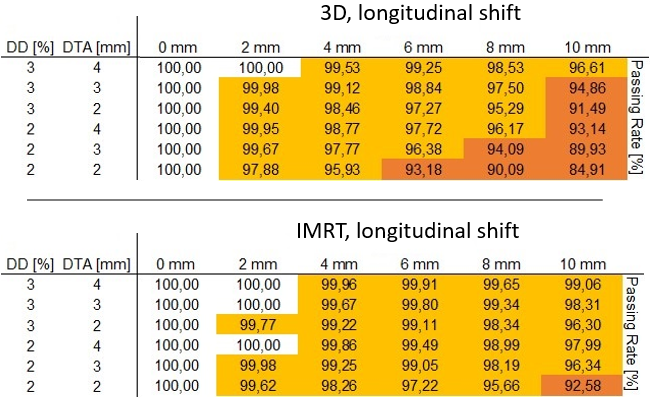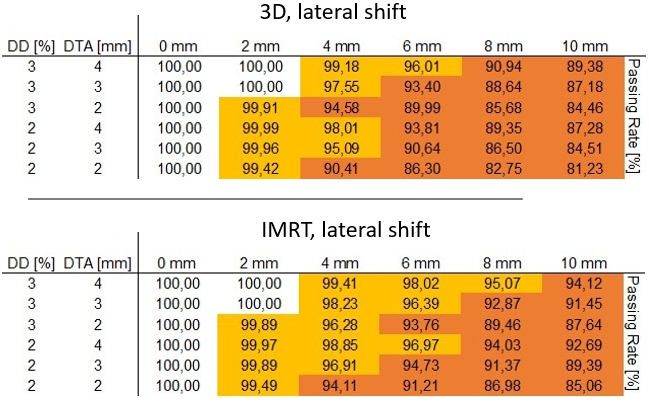Implementation of SunCHECK Patient for systematic selection of gamma metrices in patient specific QA
PO-1764
Abstract
Implementation of SunCHECK Patient for systematic selection of gamma metrices in patient specific QA
Authors: Timon Hehne1, Peter Rosenthal1, Andreas A. Schönfeld2, Ndimofor Chofor3
1Charité-Universitätsmedizin Berlin, Campus Benjamin Franklin, Klinik für Radioonkologie und Strahlentherapie, Berlin, Germany; 2Sun Nuclear, A Mirion Medical Company, Research & Development, Melbourne, USA; 3Sun Nuclear, A Mirion Medical Company, Research & Development , Melbourne, USA
Show Affiliations
Hide Affiliations
Purpose or Objective
As a vital part of setting up our patient-specific QA (PSQA) program, we systematically investigated suitable gamma criteria for detecting clinically relevant errors. This work summarizes the investigations and clinical implementation of the SunCHECK Patient platform for the quality assurance (QA) of EPID in-vivo dosimetry (EIVD) at our institution. We evaluated error detectability for pre-clinical tests on a cylindrical cortical bone-surrogate and an anthropomorphic phantom. Results were further used to evaluate clinical patient head-and-neck (H&N) deliveries in an aim to establish gamma metric combinations for routine use.
Material and Methods
We evaluated a conventional 3D open-field delivery, a dynamic IMRT and two VMAT plans, one with a 180° and the other a 360° arc. In all evaluations, gamma analysis was performed in PerFRACTION using a 10 % low dose threshold for various distance-to-agreement (DTA) and dose difference (DD) combinations. During delivery, the cylindrical bone surrogate was suspended within a water-filled tank, whereas the anthropomorphic Alderson phantom was placed on the treatment couch beneath a VARIAN Clinac. EPID acquisition was done both for the original plan and modified plans with investigations primarily focusing on errors with lateral and longitudinal shifts to mimic patient positional uncertainties. Obtained gamma metrices were then implemented for daily EIVD for our clinical cases.
Results
Analysis was done for a dose plane perpendicular to the normal beam incidence. The cortical bone tests did not show significantly representative results, due to the homogeneous nature and symmetry of the test object. Results from the Alderson phantom were more clinically relevant, and are shown here in the heat maps for the 3D and IMRT plans. Error detectability for the VMAT plans were more difficult, given the rigid nature of the phantom and the lack of effects from physiological changes.


Figure 1: Heat maps showing the sensitivity of the various metric combinations to lateral and longitudinal inaccuracies with the Alderson phantom for the 3D and IMRT plans.
Conclusion
The SunCHECK platform was systematically evaluated and has been successfully implemented for clinical QA of radiotherapy deliveries in our clinic. The 2 % / 2 mm metric was shown to be sensitive enough to detect positional inaccuracies in the Alderson phantom investigations. Notably, a more complex phantom and more complex changes to the phantom lead to a higher sensitivity of the EIVD system. Therefore, larger DTA/DD combinations have been established by other authors in retrospective clinical studies on real patients.